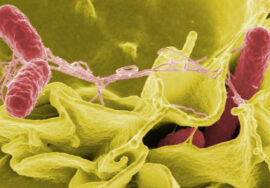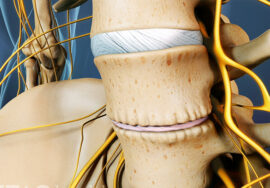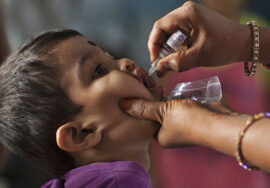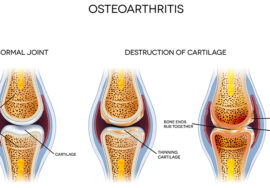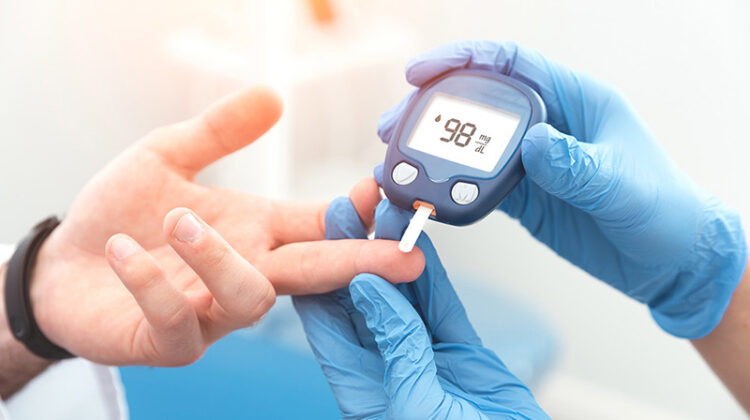
What is Diabetes?
Diabetes is a disease that occurs when your blood glucose, also called blood sugar, is too high. Blood glucose is your main source of energy and comes from the food you eat. Insulin, a hormone made by the pancreas, helps glucose from food get into your cells to be used for energy. Sometimes your body doesn’t make enough—or any—insulin or doesn’t use insulin well. Glucose then stays in your blood and doesn’t reach your cells.
Over time, having too much glucose in your blood can cause health problems. Although diabetes has no cure, you can take steps to manage your diabetes and stay healthy.
Sometimes people call diabetes “a touch of sugar” or “borderline diabetes.” These terms suggest that someone doesn’t really have diabetes or has a less serious case, but every case of diabetes is serious.
What Are The Different Types Of Diabetes?
The most common types of diabetes are type 1, type 2, and gestational diabetes.
- Type 1 Diabetes
- Type 2 Diabetes
- Gestational Diabetes
- Other Types Of Diabetes
What Health Problems Can People With Diabetes Develop?
Over time, high blood glucose leads to problems such as
- heart disease
- stroke
- kidney disease
- eye problems
- dental disease
- nerve damage
- foot problems
You can take steps to lower your chances of developing these diabetes-related health problems.
Diabetes Risk Factors
Certain factors increase your risk for diabetes.
Type 1 Diabetes
You’re more likely to get type 1 diabetes if you’re a child or teenager, you have a parent or sibling with the condition, or you carry certain genes that are linked to the disease.
Type 2 Diabetes
Your risk for type 2 diabetes increases if you:
- are overweight
- are age 45 or older
- have a parent or sibling with the condition
- aren’t physically active
- have had gestational diabetes
- have prediabetes
- have high blood pressure, high cholesterol, or high triglycerides
- have African American, Hispanic or Latino American, Alaska Native, Pacific Islander, American Indian, or Asian American ancestry
Gestational Diabetes
Your risk for gestational diabetes increases if you:
- are overweight
- are over age 25
- had gestational diabetes during a past pregnancy
- have given birth to a baby weighing more than 9 pounds
- have a family history of type 2 diabetes
- have polycystic ovary syndrome (PCOS)
Diabetes Complications
High blood sugar damages organs and tissues throughout your body. The higher your blood sugar is and the longer you live with it, the greater your risk for complications.
Complications associated with diabetes include:
- heart disease, heart attack, and stroke
- neuropathy
- nephropathy
- retinopathy and vision loss
- hearing loss
- foot damage such as infections and sores that don’t heal
- skin conditions such as bacterial and fungal infections
- depression
- dementia
Gestational Diabetes
Uncontrolled gestational diabetes can lead to problems that affect both the mother and baby. Complications affecting the baby can include:
- premature birth
- higher-than-normal weight at birth
- increased risk for type 2 diabetes later in life
- low blood sugar
- jaundice
- stillbirth
The mother can develop complications such as high blood pressure (preeclampsia) or type 2 diabetes. She may also require cesarean delivery, commonly referred to as a C-section.
The mother’s risk of gestational diabetes in future pregnancies also increases.




